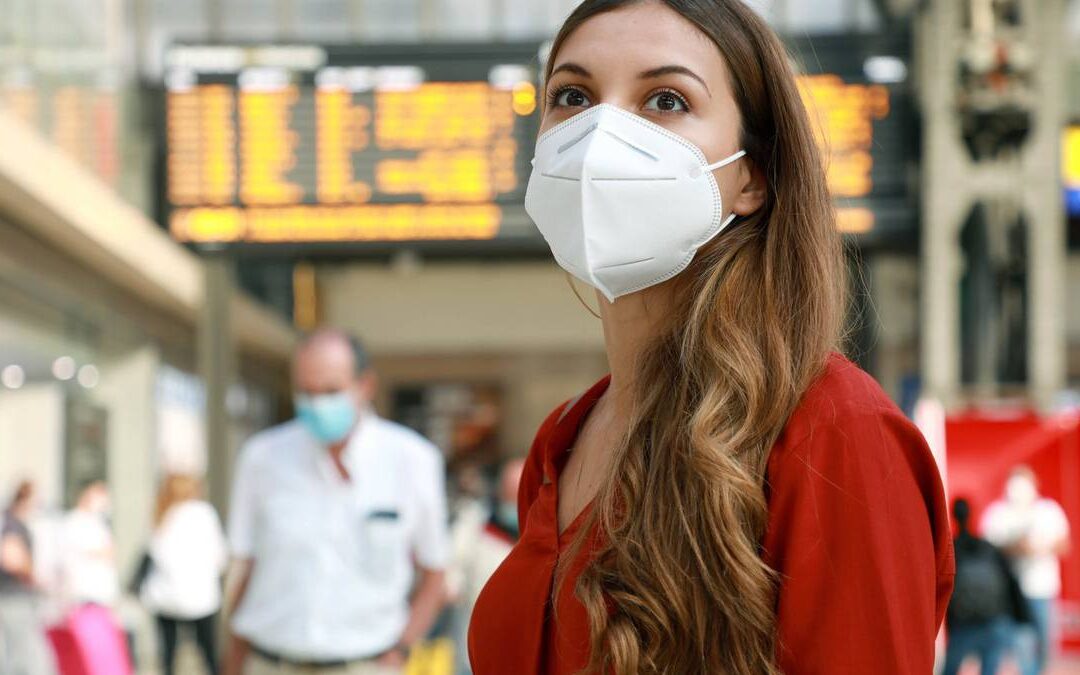[ad_1]
For Kiwis, staying grounded merely is not an possibility. However how do you make your air journey greener? Photograph / 123RF
When staying grounded merely is not an possibility, this is how one can cut back the carbon footprint of your subsequent flight. By Jessica Wynne Lockhart.
When planes had been grounded in 2020, the planet breathed a sigh of aid. Emissions from aviation had been diminished by as much as 60 per cent, in keeping with the International Carbon Challenge. However now, vacationers are boarding planes with new fervour. Simply final week, I noticed this tweet, which had been shared greater than 50,000 instances:
“Arrived in Rome this morning on a €19 return flight simply sitting on the Colosseum having lasagne and a beer and flying residence tonight again to my very own mattress. What a thrill. Completely buzzing for all times and all these low cost day journeys,” tweeted @kinsella_kerri.
Whereas its intention was to convey the sheer joie de vivre that accompanies post-pandemic journey, it rightfully generated backlash. An affordable thrill journey from London to Italy could solely value about $30 — nevertheless it additionally generates 273.8kg of carbon dioxide emissions.
It is no secret that transportation is without doubt one of the most important contributors to international greenhouse gasoline emissions. What could come as a shock, nonetheless, is how a lot of that’s generated by tourism alone. In accordance with the United Nations World Tourism Organisation (UNWTO), transport-related emissions from tourism are accountable for greater than 5 per cent of all man-made emissions globally.
Kilometre-by-kilometre and hour-by-hour, air journey is probably going essentially the most carbon-intensive exercise you will undertake this yr. However for many Kiwis, giving up flying merely is not an possibility. Positive, Swedes can enthusiastically flygskam (flight disgrace) each other, however they do not stay on islands hundreds of kilometres away from the remainder of the world. Flying is the one option to join with our family and friends overseas.
Enter electrical planes. Sounds Airway plans to supply regional flights in 20-seat, electrical ES-19 passenger plane by 2026. Air New Zealand — which has set a objective to have net-zero carbon emissions by 2050 — additionally intends to purchase electrical plane and is investing within the improvement of sustainable aviation gasoline.
Nevertheless, a lot of this expertise continues to be in improvement. And even as soon as obtainable, electrical planes will probably be restricted to quick ranges.
“We won’t financial institution on aviation applied sciences which can be solely guarantees at this stage,” says James Higham, a professor on the College of Otago, whose analysis specialises in tourism carbon emissions. “The issue is we do not have numerous time—and aviation applied sciences are inclined to take a very long time to come back to market.”
Higham believes that coverage change on the federal or international degree is important to scale back international carbon emissions by 2030. However till that occurs, particular person travellers cannot be complacent in regards to the carbon footprint of their journey.
“I am not suggesting individuals do not fly — what I am suggesting is that we now have to vary the way in which we fly,” says Higham.
Which means being extra aware about when and the way we journey. Spending extra time in a vacation spot and utilizing floor or public transport to get there can cut back your footprint considerably. For instance, whereas a medium-size petrol automotive produces about 192g of CO2 for each kilometre travelled, a bus releases as little as 28g.
For those who do need to fly, go for financial system. Being crammed in like a sardine does have a profit; it is a extra environment friendly use of cabin house, reducing emissions in half. Direct flights additionally win out since planes use extra gasoline on take-off than whereas cruising. Lastly, analysis your airline of selection. (The Atmosfair Airline Index, which ranks airways based mostly on their carbon effectivity, is a strong useful resource.) Some are doing a greater job than others to scale back emissions, together with by way of funding carbon offsetting tasks. Many airways additionally provide the choice to buy further carbon offset credit. This lets you basically donate to a challenge that reduces emissions, similar to tree planting.
However even when strictly monitored, critics say offset programmes will be ineffective. In California, for instance, wildfires have depleted practically all of the carbon credit put aside by forestry tasks within the US to guard towards the chance of bushes being broken over the subsequent century and, within the course of, between 5.7 million and 6.8m tonnes of carbon have been launched into the environment since 2015.
“As soon as CO2 hits the environment, it stays there for hundreds of years. Supporting a forest is not going to cycle that stuff out of the environment quick sufficient,” says Christine Beckmann, co-founder of Tomorrow’s Air, a subscription-based platform that makes use of direct air seize to take away carbon dioxide from the environment and retailer it completely underground.
“Local weather activism is incomplete with out removing,” says Beckmann, including that nature-based options (similar to tree planting) work in unity with tech-based options (similar to everlasting carbon removing). In different phrases, it pays to each offset your flight and fund everlasting carbon storage options.
In the end, the most effective factor you are able to do is plan your journeys with intentionality. In any case, you do not have to go all the way in which to Rome to get a beer and lasagne.
Do you will have a sustainable journey query you would like Jessica to reply? E mail us at journey@nzherald.co.nz with “The Moral Traveller” within the topic line
[ad_2]
Source link


Recent Comments